
Steak lovers know that not all cuts are created equal. Some deliver bold, beefy flavor, while others melt in your mouth with buttery tenderness. The Porterhouse and T-Bone may seem alike, but their unique qualities make each one stand out. Understanding these differences will take your steak game to the next level.
Tenderness And Filet Size
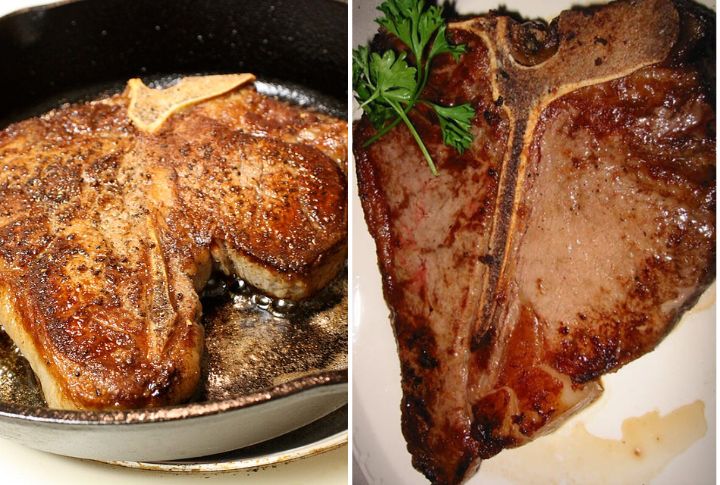
T-Bone and Porterhouse steaks have a T-shaped bone, but the Porterhouse offers a larger tenderloin. The Porterhouse is the better choice if you love a bigger, more tender filet. For a balanced steak, go for the T-Bone!
Cut Location And Meat Distribution
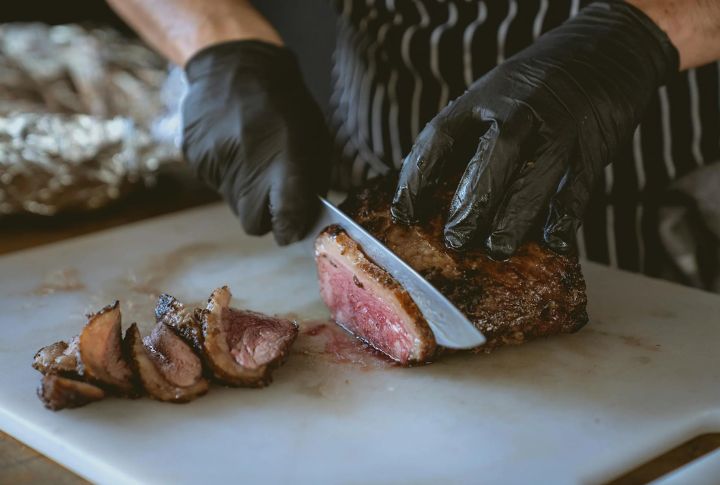
Ever wonder what sets a T-Bone apart from a Porterhouse? They both come from the short loin, meaning they’re naturally tender. The distinction is in the cut. Porterhouse comes from the rear, packing a bigger filet, while the T-Bone is from the front, with a smaller filet but the same great taste.
Filet Mignon Size Requirement
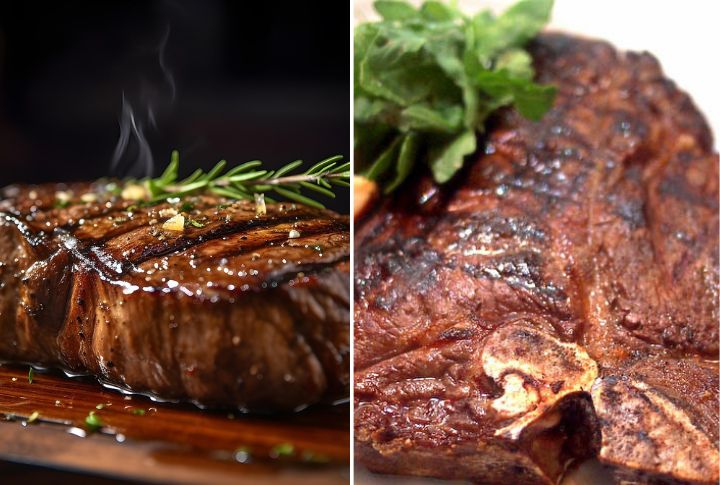
There is a big difference between the two in the size of the tenderloin (filet mignon). A Porterhouse must have at least 1.25 inches of tenderloin to qualify, while a T-Bone has a smaller portion, typically under 1.25 inches.
New York Strip Inclusion
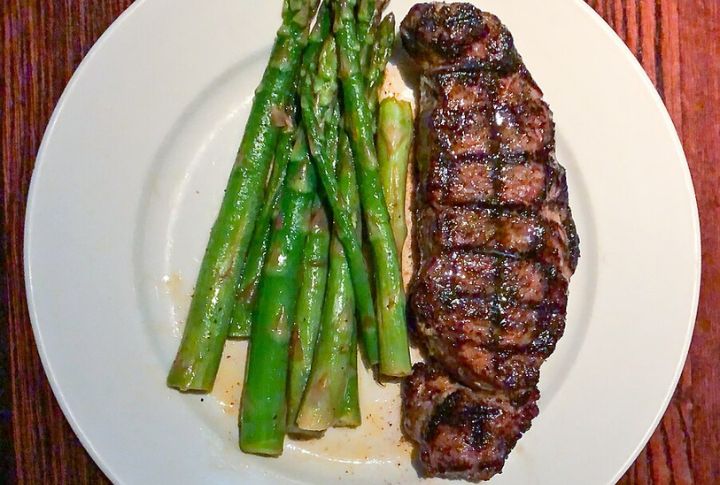
The T-Bone and Porterhouse feature a delicious New York Strip on one side of the bone, so you’re getting a great steak either way. But if you’re craving more variety, the Porterhouse gives you extra tenderloin for that melt-in-your-mouth experience!
Thickness and Steak Size

Porterhouse steaks tend to be thicker due to USDA regulations requiring a larger filet portion, making them perfect for a hearty, juicy bite. T-Bones, though slightly thinner, still deliver plenty of rich flavor. But if you’re craving a thick, satisfying steak, the Porterhouse is the way to go.
Cooking Time And Technique
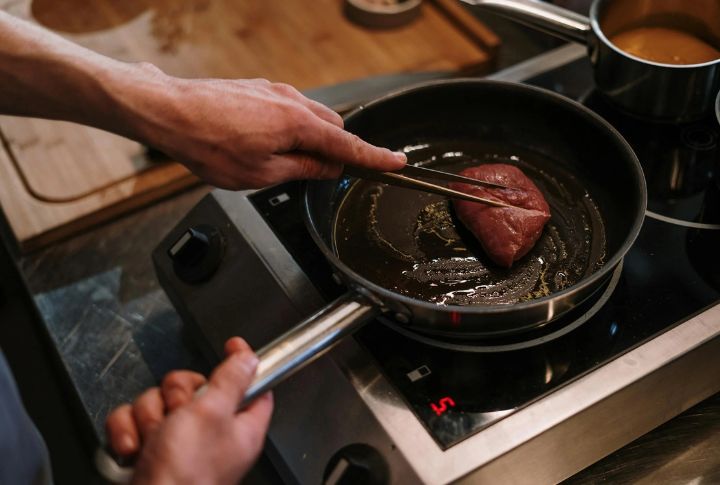
Both steaks grill beautifully, but the thicker Porterhouse takes a bit longer to cook. The T-Bone’s smaller filet means it cooks faster and doesn’t have to wait long. For an evenly cooked steak with no risk of overcooking try the two-zone method. But, if you are in a hurry? Go for the T-Bone.
Best Cooking Methods

Love a good steak? Both the Porterhouse and T-Bone deliver, but they cook a little differently. The Porterhouse has a big filet that cooks faster, so you’ll need to keep an eye on it. The T-Bone is easier to handle since both sides cook more evenly. Either way, it’s steak heaven!
Portion And Serving Style
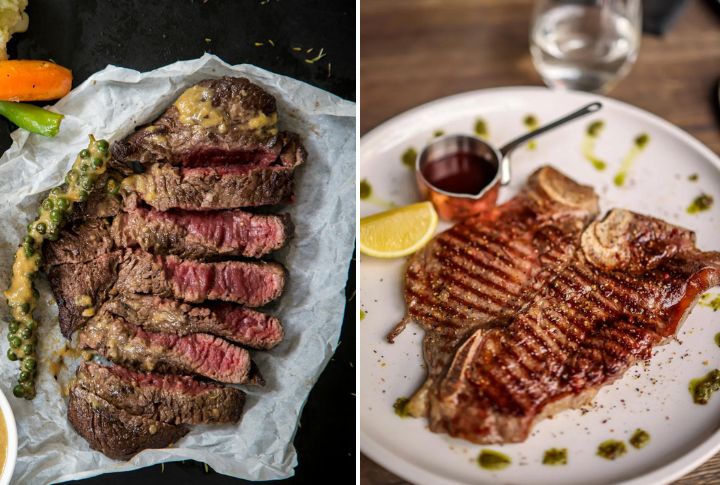
Porterhouse can be so big it’s perfect for sharing—sometimes weighing up to two pounds! T-Bones are more of a single-serving treat. So, if you’re hungry and craving a hearty meal, the Porterhouse is your ultimate feast!
Price And Value Comparison

Since the Porterhouse has more filet, it costs more than a T-Bone. But think about it: if you were to buy a filet mignon separately, it would cost a lot more! The Porterhouse gives you a bigger, more flavorful filet at a better value. It’s like getting the best of both worlds!
Bone Size And Shape
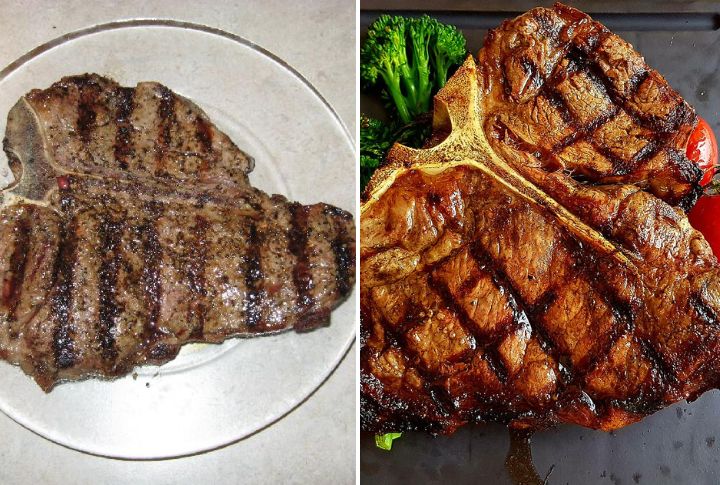
That big T-shaped bone isn’t just for show! The Porterhouse has a chunkier bone since it comes from the back of the short loin. This extra size helps retain heat, making it cook a little differently than the T-Bone, which has a smaller bone and a slightly faster cooking time.
Leave a comment